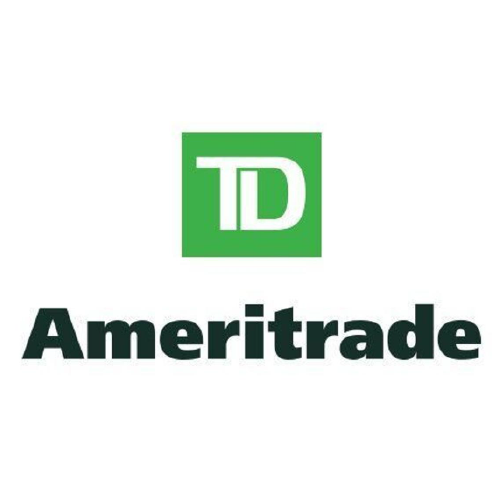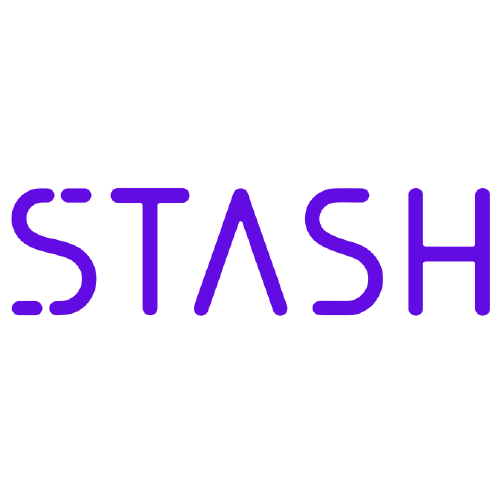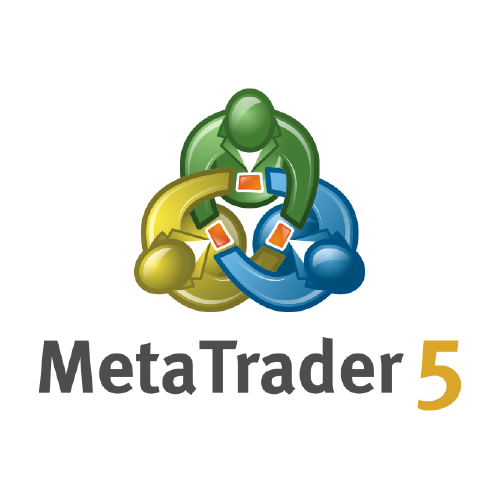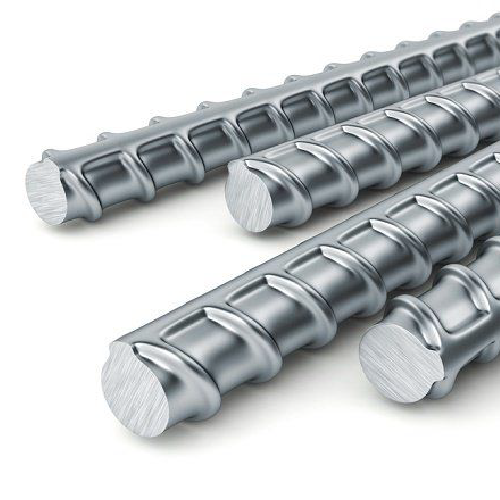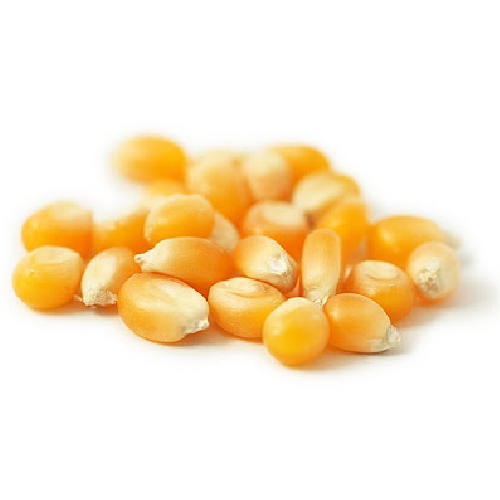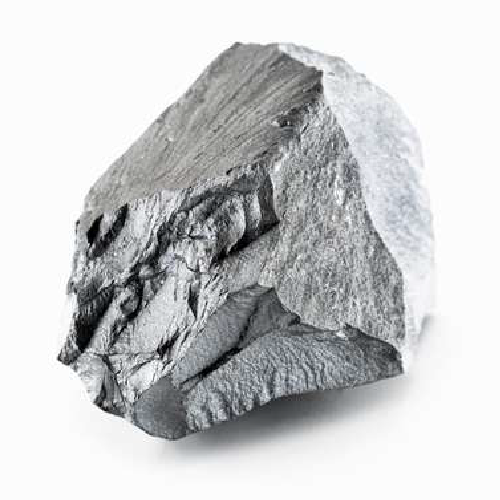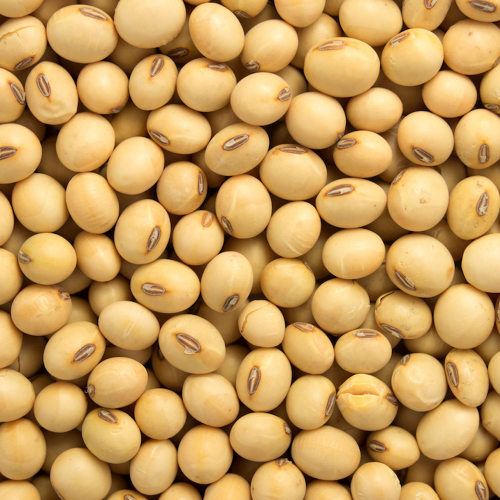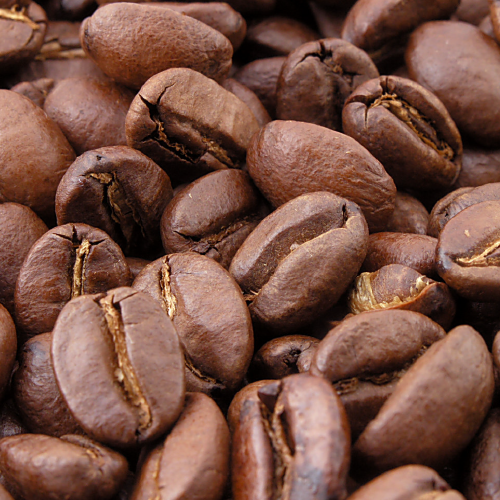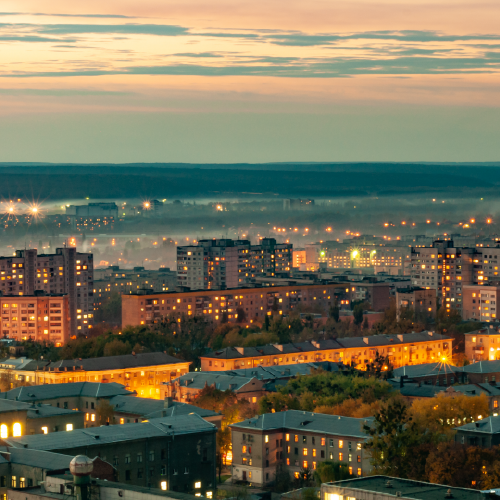A commodity market is a marketplace for buying, selling, and trading raw materials.
TABLE OF CONTENTS
- What Is a Commodity Market?
- How Commodity Markets Work
- History of Commodity Markets
- Types of Commodity Markets
- Examples of Commodities Markets
- Commodity Market Requirements
- Trading: Commodity Market or Stock
- Commodity Market FAQs
What Is a Commodity Market?
A commodity market is a marketplace for buying, selling, and trading raw materials or primary products.
Commodities are often split into two broad categories: hard and soft commodities. Hard commodities include natural resources that must be mined or extracted—such as gold, rubber, and oil, whereas soft commodities are agricultural products or livestock—such as corn, wheat, coffee, sugar, soybeans, and pork.
KEY TAKEAWAYS
- A commodity market involves buying, selling, or trading a raw product, such as oil, gold, or coffee.
- There are hard commodities, which are generally natural resources, and soft commodities, which are livestock or agricultural goods.
- Spot commodities markets involve immediate delivery, while derivatives markets entail delivery in the future.
- Investors can gain exposure to commodities by investing in companies that have exposure to commodities or investing in commodities directly via futures contracts.
- The major U.S. commodity exchanges are ICE Futures U.S. and the CME Group, which holds four major exchanges: The Chicago Board of Trade, the Chicago Mercantile Exchange, the New York Mercantile Exchange, and the Commodity Exchange, Inc.
How Commodity Markets Work
Commodities markets allow producers and consumers of commodity products to gain access to them in a centralized and liquid marketplace. These market actors can also use commodities derivatives to hedge future consumption or production. Speculators, investors, and arbitrageurs also play an active role in these markets.
Certain commodities, such as precious metals, have been thought of to be a good hedge against inflation, and a broad set of commodities as an alternative asset class can help diversify a portfolio. Because the prices of commodities tend to move in opposition to stocks, some investors also rely on commodities during periods of market volatility.
In the past, commodities trading required significant amounts of time, money, and expertise, and was primarily limited to professional traders. Today, there are more options for participating in the commodity markets.
History of Commodity Markets
Trading commodities goes back to the dawn of human civilization as tribal clans and newly established kingdoms would barter and trade with one another for food, supplies, and other items. Trading commodities indeed predates that of stocks and bonds by many centuries. The rise of empires such as ancient Greece and Rome can be directly linked to their ability to create complex trading systems and facilitate the exchange of commodities across vast swaths via routes like the famous Silk Road that linked Europe to the Far East.
Today, commodities are still exchanged throughout the world and on a massive scale. Things have also become more sophisticated with the advent of exchanges and derivatives markets, Exchanges regulate and standardized commodity trading, allowing for liquid and efficient markets.
Perhaps the most influential modern commodities market is the Chicago Board of Trade (CBOT), established in 1848, where it originally traded only agricultural commodities such as wheat, corn, and soybeans in order to help farmers and commodity consumers manage risks by removing price uncertainty from those agricultural products.3 Today, it lists options and futures contracts on a wide range of products including gold, silver, U.S. Treasury bonds, and energy products. The Chicago Mercantile Exchange (CME) Group merged with the Chicago Board of Trade (CBOT) in 2007, adding interest rates and equity index products to the group’s existing product agricultural offerings.
Some commodities exchanges have merged or gone out of business in recent years. The majority of exchanges carry a few different commodities, although some specialize in a single group. In the U.S., the Chicago Mercantile Exchange (CME) acquired three other commodity exchanges in the mid-2000s. First, CME acquired the Chicago Board of Trade (CBOT) in 2007 and then in 2008, acquired the New York Mercantile Exchange (NYMEX) and the Commodity Exchange, Inc. (COMEX). All four exchanges make up the CME Group. Also in 2007, the New York Board of Trade merged with Intercontinental Exchange (ICE), forming ICE Futures U.S. Each exchange offers a wide range of global benchmarks across major asset classes.
Financial Trading is not suitable for all investors & involved Risky. If you through with this link and trade we may earn some commission.
Types of Commodity Markets
Generally speaking, commodities trade either in spot markets or derivatives markets. Spot markets are also referred to as “physical markets” or “cash markets” where buyers and sellers exchange physical commodities for immediate delivery.
Derivatives markets involve forwards, futures, and options. Forwards and futures are derivatives contracts that use the spot market as the underlying asset. These are contracts that give the owner control of the underlying at some point in the future, for a price agreed upon today. Only when the contracts expire would physical delivery of the commodity or other asset take place, and often traders will roll over or close out their contracts in order to avoid making or taking delivery altogether. Forwards and futures are generically the same, except that forwards are customizable and trade over-the-counter (OTC), whereas futures are standardized and traded on exchanges.
Examples of Commodities Markets
The major exchanges in the U.S., which trade commodities, are domiciled in Chicago and New York with several exchanges in other locations within the country. The Chicago Board of Trade (CBOT) was established in Chicago in 1848. Commodities traded on the CBOT include corn, gold, silver, soybeans, wheat, oats, rice, and ethanol. The Chicago Mercantile Exchange (CME) trades commodities such as milk, butter, feeder cattle, cattle, pork bellies, lumber, and lean hogs.
The New York Mercantile Exchange (NYMEX) trades commodities on its exchange such as oil, gold, silver, copper, aluminum, palladium, platinum, heating oil, propane, and electricity. Formerly known as the New York Board of Trade (NYBOT), ICE Futures U.S. commodities include coffee, cocoa, orange juice, sugar, and ethanol trading on its exchange.
The London Metal Exchange and Tokyo Commodity Exchange are prominent international commodity exchanges.
Commodities are predominantly traded electronically; however, several U.S. exchanges still use the open outcry method. Commodity trading conducted outside the operation of the exchanges is referred to as the over-the-counter (OTC) market.
Commodity Market Regulation
In the U.S., the Commodity Futures Trading Commission (CFTC) regulates commodity futures and options markets. The CFTC’s objective is to promote competitive, efficient, and transparent markets that help protect consumers from fraud and unscrupulous practices. The CFTC and related regulations were designed to prevent and remove obstructions on interstate commerce in commodities by regulating transactions on commodity exchanges. For example, regulations look to limit, or abolish, short selling and eliminate the possibility of market and price manipulation, such as cornering markets.
The law that established the CFTC has been updated several times since it was created, most notably in the wake of the 2007-2008 financial crisis. The Dodd-Frank Wall Street Reform and Consumer Protection Act gave the CFTC authority over the swaps market, which was previously unregulated.
Regulation of commodity markets has continued to remain in the spotlight after ten leading investment banks were caught up in an international precious metals manipulation probe by the CFTC and U.S. Department of Justice in 2015.
Commodity Market Trading vs. Stock Trading
For most individual investors, accessing commodities markets, whether spot or derivatives, is untenable. Direct access to these markets typically requires a special brokerage account and/or certain permissions. Because commodities are considered an alternative asset class, pooled funds that traded commodities futures, such as CTAs, typically only allow accredited investors. Still, ordinary investors can gain indirect access to commodities via the stock market itself. Stocks on mining or materials companies tend to be correlated with commodities prices, and there are various ETFs now that track various commodities or commodities indexes.
Investors looking to diversify their portfolio can look to these ETFs, but for most long-term investors stocks and bonds will make up the core of their holdings. Moreover, because commodity prices tend by more volatile than stocks and bonds, commodities trading is often most suited for those with higher risk tolerance and/or longer time horizon.
Financial Trading is not suitable for all investors & involved Risky. If you through with this link and trade we may earn some commission.
Commodity Market FAQs
How Do I Find Out How the Commodity Markets Are Doing Today?
Many online financial portals will provide some indication of certain commodities prices such as gold and crude oil. You can also find prices on the websites of commodity exchanges.
What Do Commodities Traders Do?
Commodities traders buy and sell either physical (spot) commodities or derivatives contracts that use a physical commodity as its underlying. Depending on what type of trader you are, you will use this market for different purposes, for instance, buying or selling a physical product, hedging, speculating, or arbitraging.
Are Commodities a Good Investment?
Like any investment, commodities can be a good investment but also come with risks. An investor needs to understand the markets of the commodity they wish to trade in, for example, the fact that oil prices can fluctuate based on the political climate in the Middle East. The type of investment also matters; ETFs provided more diversification and lower risks where futures are more speculative and the risks are higher because of margin requirements. That being said, commodities are seen as a hedge against inflation, and gold, in particular, can be a hedge against a market downturn.
How Do Commodities Market Work?
For spot markets, buyers and sellers exchange cash for immediate delivery of the physical product. In derivatives markets, buyers and sellers exchange cash for the right to future delivery of that product. Oftentimes, derivatives holders will roll over or close out their positions before delivery can happen. Forwards trade over-the-counter and are customized between counterparties. Futures and options are listed on exchanges and have standardized contracts that are more highly regulated.
What Are Some Examples of Commodities?
There are several commodities available. Energy products include crude oil, natural gas, and gasoline. Precious metals include gold, silver, and platinum. Agricultural products include wheat, corn, soybeans, and livestock. Other commodities you can trade are coffee, sugar, cotton, and frozen orange juice.
Financial Trading is not suitable for all investors & involved Risky. If you through with this link and trade we may earn some commission.
Myanfx-edu does not provide tax, investment or financial services and advice. The information is being presented without consideration of the investment objectives, risk tolerance, or financial circumstances of any specific investor and might not be suitable for all investors.





